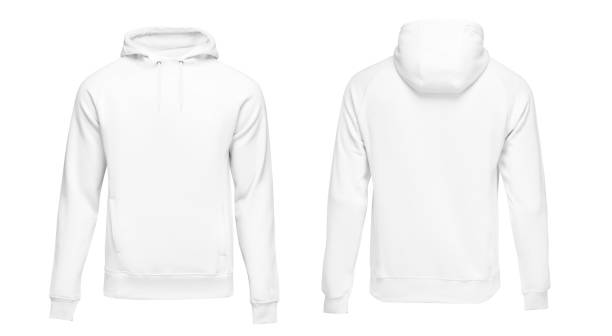
Knowing who you’re selling to helps determine ideal hoodie sizes. Teens may prefer slimmer fits, while adults often lean toward relaxed or oversized options for better comfort and mobility.
Research shows customer preferences vary based on gender, age, and even region. Urban markets might want trendy, tighter styles. Suburban or family-based markets might appreciate looser, practical hoodies.
There are typically three popular hoodie fits: slim, regular, and oversized. Understanding which style your audience wants will help you choose sizes that suit their expectations perfectly.
Slim-fit hoodies appeal to trend-conscious audiences, often younger consumers. Regular fit is the most versatile, making it ideal for general markets. Oversized fits work well for streetwear fans.
Check seasonal trends in the fashion industry. Fall collections often promote larger, layered looks. Spring collections tend to favor fitted or minimal designs, impacting your sizing inventory decisions.
Using standard size charts based on actual body measurements improves accuracy. Always provide chest, sleeve, and length dimensions so buyers can confidently choose their correct size.
Include international size conversions if you ship globally. This helps avoid confusion and lowers the chance of customers receiving hoodies that don’t fit and requesting exchanges.
Visual guides are helpful. Show models wearing hoodies in various sizes with height/weight references. Customers can compare and pick sizes they’ll feel good wearing.
Monitor which hoodie sizes are most frequently returned. This tells you which sizes might not match your audience`s expectations. Adjust future bulk orders based on that data.
Read customer reviews to spot recurring comments like "too small" or "fit perfectly." These insights are gold for aligning hoodie stock with actual buyer needs and saving profit.
While analyzing buyer behavior, include comparisons with other industries. For example, even rent a car service providers tailor options based on user preferences, ensuring convenience and satisfaction.
Stock a wide size range from XS to 3XL whenever possible. This promotes inclusivity and ensures all body types are served, strengthening your brand’s reputation and reach.
Use tools like AI-driven fit finders or personalized recommendations based on purchase history. These features guide customers and make them feel seen and valued.
Encourage shoppers to leave reviews with size comments. This peer feedback helps others decide confidently and speeds up the purchase decision process.
A regular fit hoodie is the most popular as it offers a balance between comfort and style for most customers.
Use accurate size charts, offer model references, and monitor return trends to refine future inventory decisions.
Yes, offering extended sizes ensures inclusivity and increases your potential customer base.
Unisex sizes work well for many audiences, but always clarify measurements to help buyers choose correctly.
Feedback helps identify patterns in fit issues and guides smarter purchasing and stocking strategies.